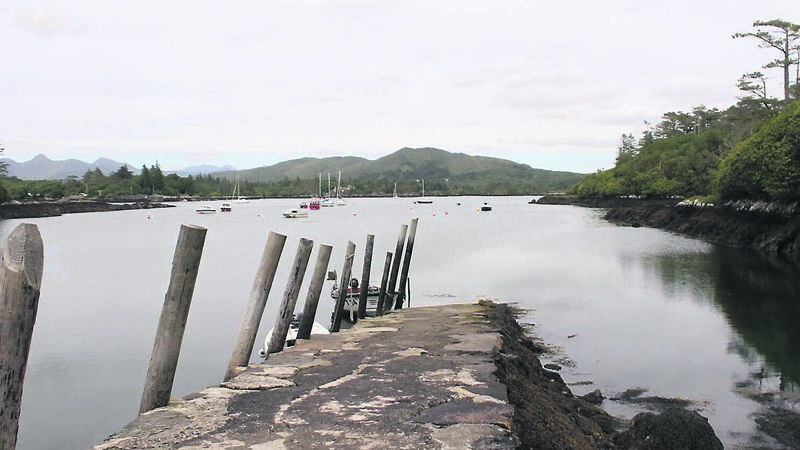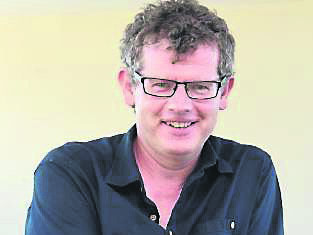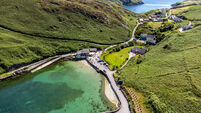The Islands of Ireland: In search of the other Garinish

The headline is a little misleading as it doesn’t tell the whole story. There are three other Garinish islands, in addition to the one mentioned here. There is the famous Garinish Island at Glengarriff in West Cork. It is famed for its subtropical and Italian gardens and Grecian temple.

The plants were brought from the nearby Rossdohan, donated by Samuel Heard, others from Fota Island, but most came from the Daisy Hill Nursery in Co Down. The tropical vegetation was planted mainly between 1890 and 1910. The family also built the Catholic Church in Sneem.









